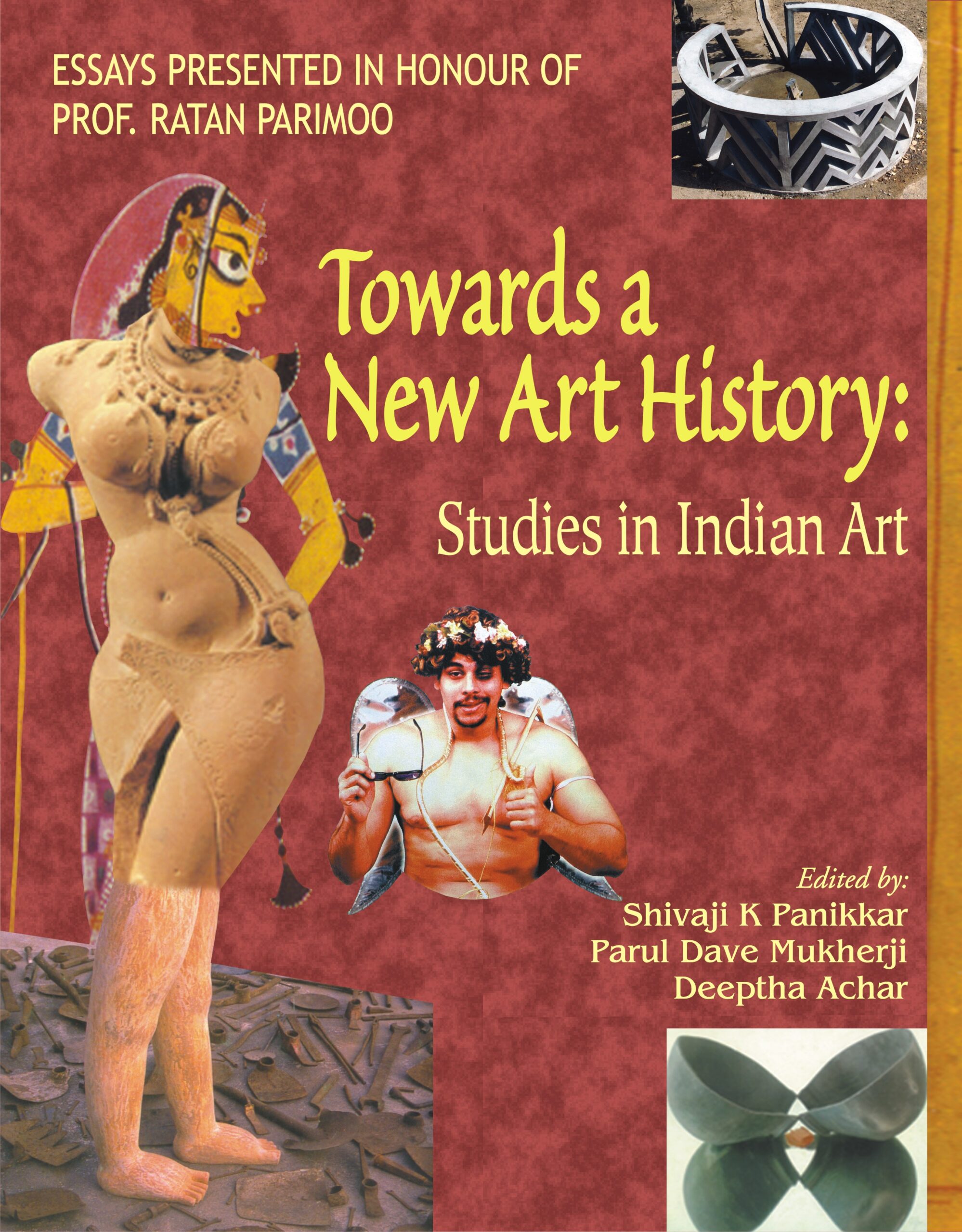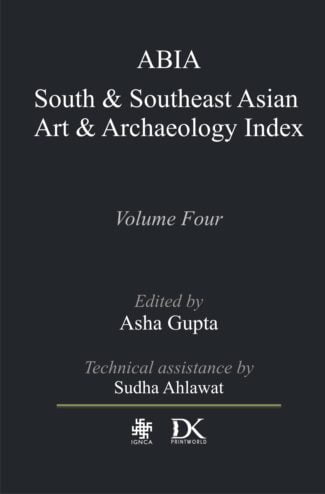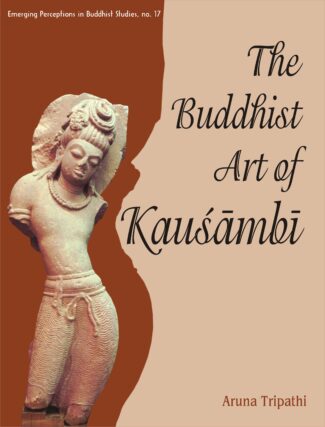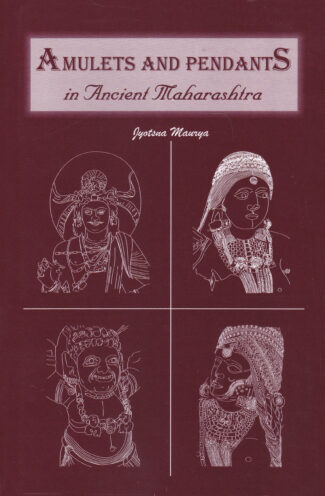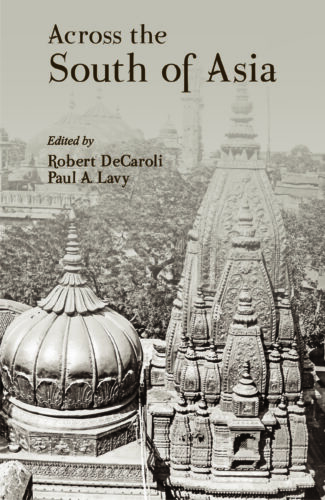

Saptamatrka Worship ...
Saptamatrka Worship and Sculptures
An Iconological Interpretation of Conflicts and Resolutions in the Storied Brahmanical Icons by: Shivaji K PanikkarThe book employs the multi-disciplinary methodologies of art historical interpretation to contextualise nearly the whole range of Saptamatrka icons within the larger historical evolution of accultured Brahmanical religion, mythology, theology and cultic developments.
Original price was: ₹2,300.00.₹2,070.00Current price is: ₹2,070.00.
ISBN: 9788124600740
Year Of Publication: 1997
Edition: 1st
Pages : xxvi, 301
Bibliographic Details : 196 B/w Photos; Glossary; Bibliography; Index
Language : English
Binding : Hardcover
Publisher: D.K. Printworld Pvt. Ltd.
Size: 29 cm.
Weight: 1250
The worship of Saptamatrika; the seven Mother Goddesses (or the seven Saktis, the divine feminine powers), is over a millennia and half old, pan-Indian phenomenon. And, over the centuries, the Matrika concept has come to have varied ideational, literary, visual and ritualistic manifestations which not just interconnect the totality of Brahmanical and non-Brahmanical religious traditions, but are integral components of the diverse historical processes of Indian society. A reputed scholar of art history here offers an insightful iconological study of Saptamatrika divinities: the Brahmanical goddesses found invariably as a single collective whole, consisting literally of seven (though sometimes eight or more) female deities, variably accompanied by different forms of Shiva, and Ganesha or Skanda. Employing the multidisciplinary methodo-logies of art historical interpretation, including the recent feminist interventions, Dr. Panikkars inquiry contextualises nearly the whole range of Saptamatrika icons within the larger historical evolution of accultured Brahmanical religion, mythology, theology and concomitant multifarious cultic developments. Also clarifying some of the basic principles of Brahmanical iconic tradition, his study has, for the first time, exceeded the accepted Art Historical procedures by incorporating the questions of class conflict, gender representations and ideology within the iconological discourse and has, thus, advanced the frontiers of Art Historical practice. It is a compelling, painstakingly researched work growing from the authors indepth survey of diverse Saptamatrika sculptures and an astonishing mass of both primary textual sources and research publications of more recent years. And, yet more significantly, it is enlivened with exquisite visual material: comprising nearly 200 photographic reproductions.
Contents
Acknowledgements
Abreviations
List of Illustrations
Introduction
1. Matrika Prototypes- I
The Divine Female and Proto-Saptamatrika in Indus Valley Culture
The Divine Feminie and the Female Heptads in Vedic Tradition
The Conceptions of Female Deities and Proto-Saptamatrikas in the Post-Vedic Literary Sources
2. Matrika Prototypes- II (Tutelary Matrika Divinities of the Kushana Period)
A Critique of Previous Researches
The Therianthropic Matrikas, Skanda and the Balagraha Tradition
Harinaigameshin (Skt.) or Harinegameshi (Pkt.) and Balagraha
Hariti, Kubera and Lakshmi
Conclusion
3. Saptamatrika Worship: Conceptions in Literary and Inscriptional Sources
The Heptad Traditions and Saptamatrika
Shakta Cult, Tantrism and Saptamatrika
Kings, Skanda and Saptamatrika
Saptamatrika in Myths
Saptamatrika Iconography: Shilpa Texts
4. Saptamatrika Icons- I (Fourth to Mid-Sixth Centuries ad)
A Critique of Previous Researches and Methodological Considerations
The Early Iconographic Typologies: Central India
The Early Iconographical Typology: Western India
The Early Regional Traditions: Deccan
The Conflation of Traditions: Early Sixth Century Icons in Central India and Gangetic Plains
Transitions: Western India
Iconographical Summary
5. Saptamatrika Icons- II (Mid-Sixth to Late Seventh Centuries ad)
The Transitions and the Two Modes of Presentations: Western India
Further Elaborations: Central India
The Early Traditions: Orissa
The Early Traditions: Ellora
The Genesis of South Indian Tradition: Deccan
The Early South Indian Tradition
Iconographical Summary
6. Saptamatrika Icons- III (Eighth and Ninth Centuries ad)
Medieval Elements Incubate: Western India
Medievalism in Prospect: Central India
Further Elaborations: Ellora
Iconographic Fixity and Perfect Iconicity: South India
Paramountcy Shaktism Via Tantrism: Orissa
Iconographical Summary
7. Iconology of Saptamatrikas: Historical Perspective
Methodological Considerations
Neo-Brahmanism and the Acculturation of the Goddesses
Acculturation of Female Gender: Samkhya, Tantra and the Goddesses
Shakti Myth A Retake: Iconology of Saptamatrika
Plates
Bibliography
Glossary
Index




